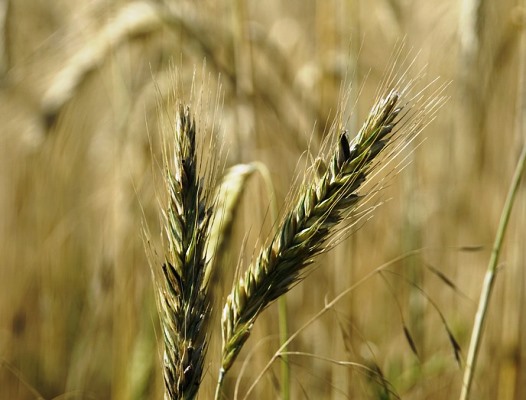After 10 years, the recommendations for the cultivation, harvesting and processing of cereals have been revised to minimise the introduction of ergot and ergot alkaloids into the food chain.
The primary aim is to avoid fungal infections caused by the widespread field fungus Claviceps purpurea, which forms so-called sclerotia in its persistent form, by taking suitable measures during cultivation.
The ergot fungus forms toxic ergot alkaloids, which can also pass into ground products and the food (and animal feed) produced from them if good agricultural and processing practices are not observed.
Although the fungus mainly occurs on rye, other cereals and grasses can also be infested. The new edition of the recommendations for action (in German) from the multidisciplinary working group led by the Max Rubner Institute also takes into account strategies for avoiding contamination of triticale, wheat and barley.
In 2012, the European Food Safety Authority (EFSA) published derived health-based guideline values for the tolerable daily intake (TDI) and the acute reference dose (ARfD) of ergot alkaloids in 2012 and, following an exposure assessment in 2017, also set maximum levels (Regulation (EU) 2021/1399).
In 2023, the Federal Institute for Risk Assessment (BfR) came to the conclusion in its own study that the intake of ergot alkaloids must be further reduced for health reasons. This requirement was implemented in Regulation (EU) 2023/915 on the reduction of maximum levels for ergot sclerotia and ergot alkaloids in certain foods as of 1 July 2024.
YOUR PLUS: At AGROLAB food laboratories we not only carry out ISTA-compliant seed analyses, but also analyse cereals, ground cereal products, food and animal feed for ergot alkaloids using accredited chromatographic methods.
Author Dr Frank Mörsberger

 LinkedIn
LinkedIn ALOOSTA
ALOOSTA Contact
Contact
 Contact
Contact Career
Career